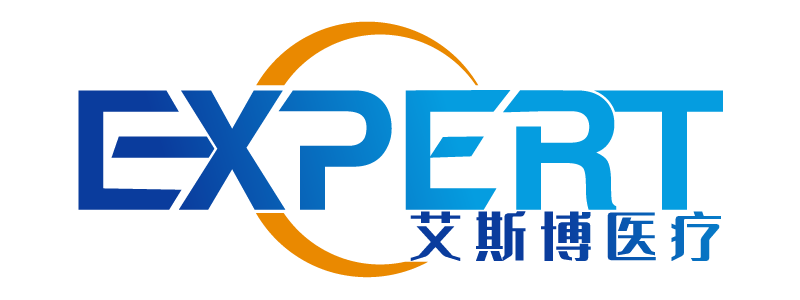Endereço
304 North Cardinal St.
Dorchester Center, MA 02124
Horas de trabalho
Segunda a sexta: 7h00 - 19h00
Fim de semana: 10h - 17h
Shandong Expert Medical Equipment Group
O Expert Medical Equipment Group, como um dos mais profissionais fabricantes e exportadores de equipamentos médicos da China, insiste em fornecer produtos de qualidade superior, segurança e confiabilidade, bem como os melhores serviços pós-venda para o mercado mundial.


A série de mesa cirúrgica Expert Medical atende totalmente aos requisitos de cirurgia geral, coração, cabeça, pescoço, cavidade torácica e outras operações cirúrgicas.
As séries de lâmpadas cirúrgicas Expert Medical estão envolvidas em vários campos de iluminação cirúrgica e sistema de iluminação auxiliar.
Especialistas médicos fornecem vários tipos de leitos de UTI e enfermagem hospitalares que são verdadeiramente bonitos e duráveis de usar.
São estações de trabalho ideais para gases medicinais, fontes de alimentação, plataformas de instrumentos, racks de bombas de infusão e terminais de saída de rede em hospitais.
Produtos médicos não são permitidos com irregularidades. Possuímos o melhor engenheiro técnico para participar do projeto e avaliação de produtos, comprometido em fornecer um serviço eficiente e de alto nível a todos os clientes.
Além da fabricação de equipamentos médicos, também nos engajamos na pesquisa e desenvolvimento de indústrias modernas e de alta tecnologia, apoiamos instituições médicas para melhorar o diagnóstico e o efeito do tratamento em várias doenças.
A Expert Medical está envolvida na fabricação de equipamentos médicos e serviços técnicos há mais de 17 anos, continua a fornecer informações oportunas de mercado e suporte técnico a todos os clientes, com equipe técnica profissional para atender a vários requisitos de pré-venda e serviço pós-venda.
A Expert Medical está localizada na cidade de Qufu, província de Shandong, que é o maior cluster da indústria de equipamentos cirúrgicos na China e até mesmo no mundo. 200 especificações.

NÓS AMAMOS O QUE FAZEMOS
É melhor ser um bom especialista em um negócio do que a média em vários setores.
Nossa equipe de projeto e fabricação de equipamentos médicos está bem ciente das necessidades dos pacientes e médicos. Portanto, estamos confiantes de que somos especialistas na indústria de equipamentos médicos.
Somos um dos principais fabricantes de equipamentos médicos de alta tecnologia e os produtos são amplamente distribuídos em hospitais e clínicas em todo o mundo e apoiados por uma extensa rede de distribuidores.
Todas as etapas de produção de nossos produtos estão sob estrito controle e cada etapa é submetida a testes e controles de qualidade profissionais e precisos. Todos os produtos têm desempenho quase perfeito na prática médica.
Além de equipamento operacional cirúrgico básico e instrumentos hospitalares, também produzimos e fornecemos equipamentos de diagnóstico médico, tratamento digital e dispositivo de recuperação e outras séries de produtos, centenas de variedades e especificações para atender a vários requisitos. pare o fornecedor de soluções de equipamentos médicos.
Como um fabricante profissional de equipamentos médicos completos, a EXPERT MEDICAL possui uma cadeia de suprimentos integrada para fornecer uma gama completa de serviços de equipamentos médicos para salas de cirurgia, áreas de cuidados intensivos e instituições de cuidados primários, etc., com tecnologia de produção moderna e controles de custo rigorosos, nós fornecemos os produtos mais econômicos para todos os nossos clientes.

De camas básicas, móveis médicos e carrinhos a equipamentos para sala de cirurgia, testes diagnósticos e fisioterapia de reabilitação, a experiência da equipe de equipamentos médicos especializados em gerenciamento de riscos e projetos nos torna o fornecedor preferencial para hospitais em mais de 70 países. Também continuaremos a aproveitar todas as nossas vantagens e a fornecer equipamentos médicos profissionais.
Nosso eixo principal é a inovação constante; estamos comprometidos com o desenvolvimento e implementação contínuos de novos padrões de qualidade de produto e eficiência de serviço. Acumulamos muitas patentes e certificações técnicas registradas. À medida que nos esforçamos para fornecer a melhor experiência aos nossos clientes e contribuir para a melhoria e modernização dos sistemas de saúde em todo o mundo.
A EXPERT MEDICAL não apenas vende produtos, mas também fornece treinamento e educação de instalação adequados para ajudar os clientes a realizar trabalhos de alto padrão. Há um elemento ético em tudo isso, já que a EXPERT MEDICAL defende os valores tradicionais de integridade e honestidade, enquanto sempre trata todos os clientes como nossos parceiros de cooperação amigável.
Entendemos a intenção original e as razões pelas quais os clientes personalizam equipamentos médicos, para que possamos fornecer o equipamento mais adequado. Temos uma equipe profissional de p & d para projetar e atender às solicitações de diferentes clientes sobre equipamentos médicos personalizados e fornecer produtos com especificações diferentes de acordo com diferentes solicitações para garantir maior eficiência de trabalho. equipamentos e produtos profissionais.
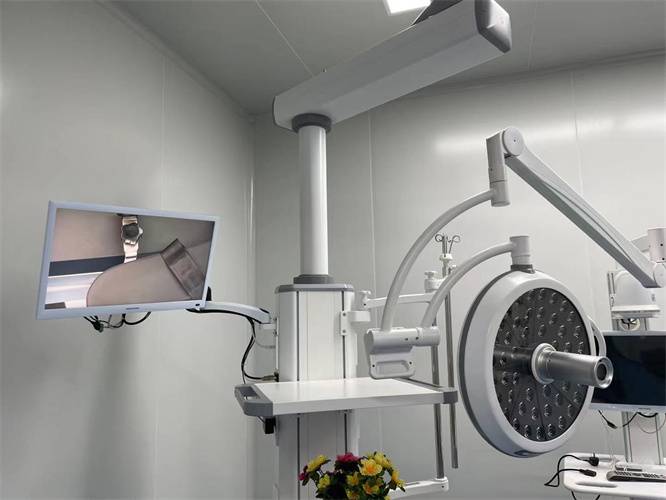

A EXPERT MEDICAL se dedica a estabelecer um sistema de qualidade tranquilizador em todo o processo de fabricação de equipamentos médicos. Por esse valor fundamental, somos responsáveis por nossos clientes e por toda a indústria.
A cama hospitalar ajustável transformou o atendimento ao paciente, combinando conforto...
consulte Mais informaçãoEste guia explora os principais fatores a serem considerados ao escolher...
consulte Mais informaçãoA escolha da cama elétrica hospitalar correta pode impactar significativamente o paciente...
consulte Mais informaçãoEste guia abrangente explora os principais aspectos da medicina elétrica...
consulte Mais informação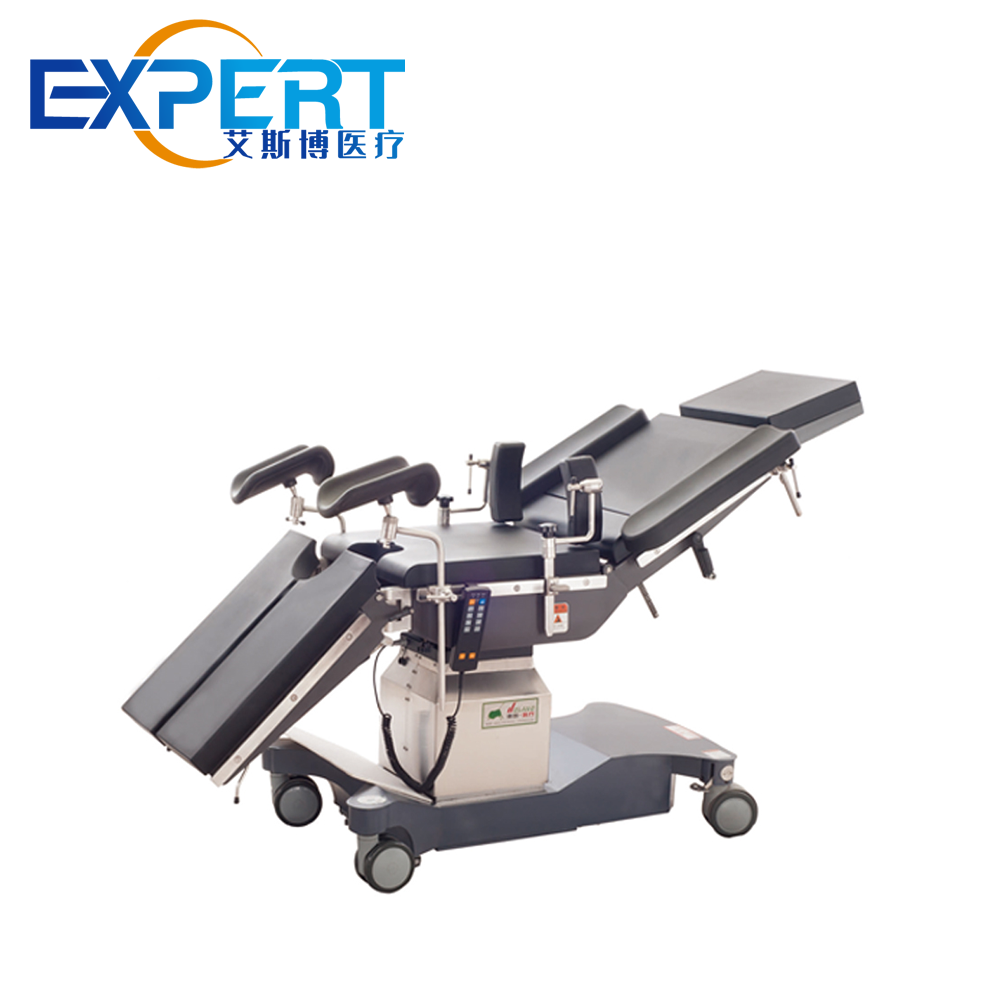
A série de mesa cirúrgica Expert Medical atende totalmente aos requisitos de cirurgia geral, coração, cabeça, pescoço, cavidade torácica e outras operações cirúrgicas.

As séries de lâmpadas cirúrgicas Expert Medical estão envolvidas em vários campos de iluminação cirúrgica e sistema de iluminação auxiliar.
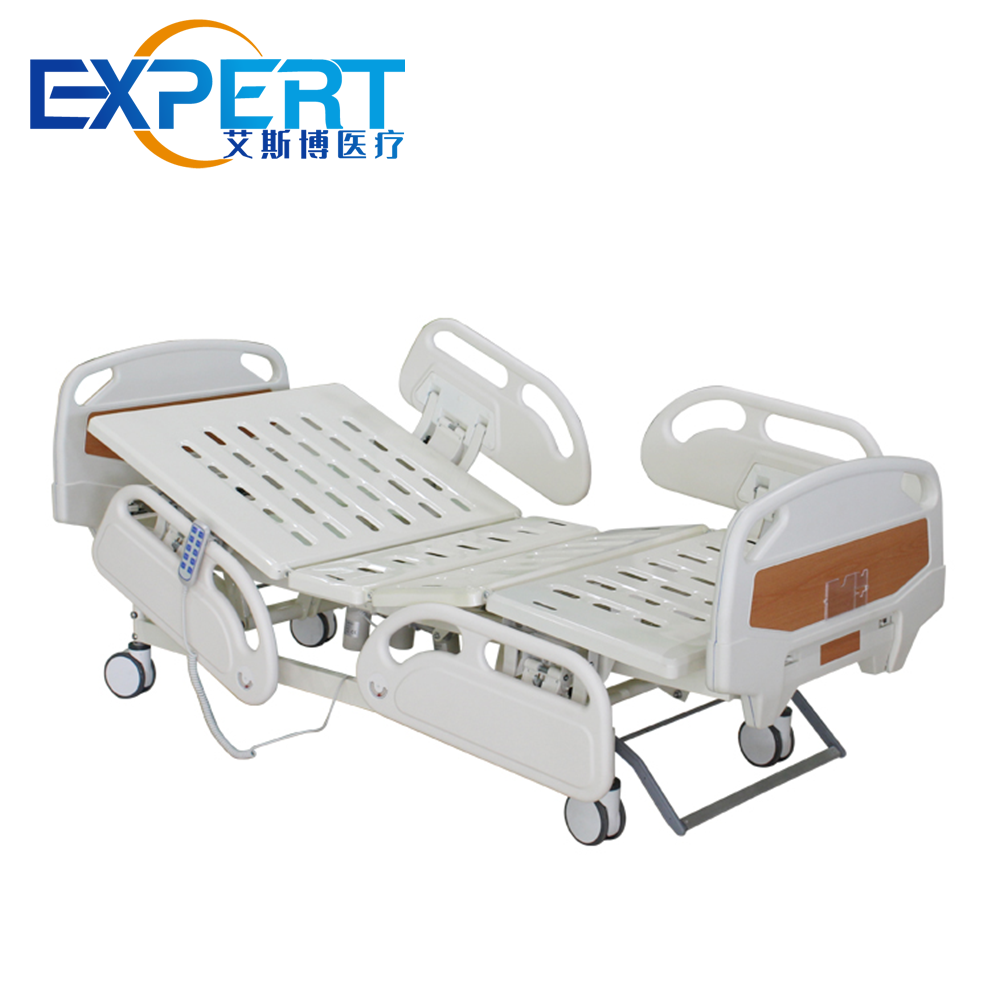
Os médicos especializados fornecem vários tipos de leitos de UTI e enfermagem hospitalar, com um design verdadeiramente bonito e duráveis de usar.
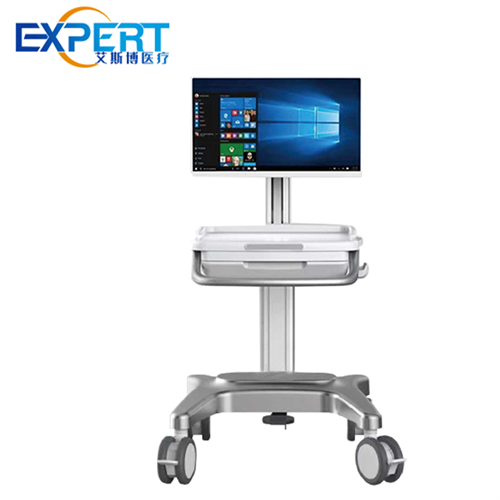
Quer se trate de cuidados médicos diários ou cirurgia, os carrinhos cirúrgicos da Expert Medical podem ajudá-lo a trabalhar com mais eficiência.
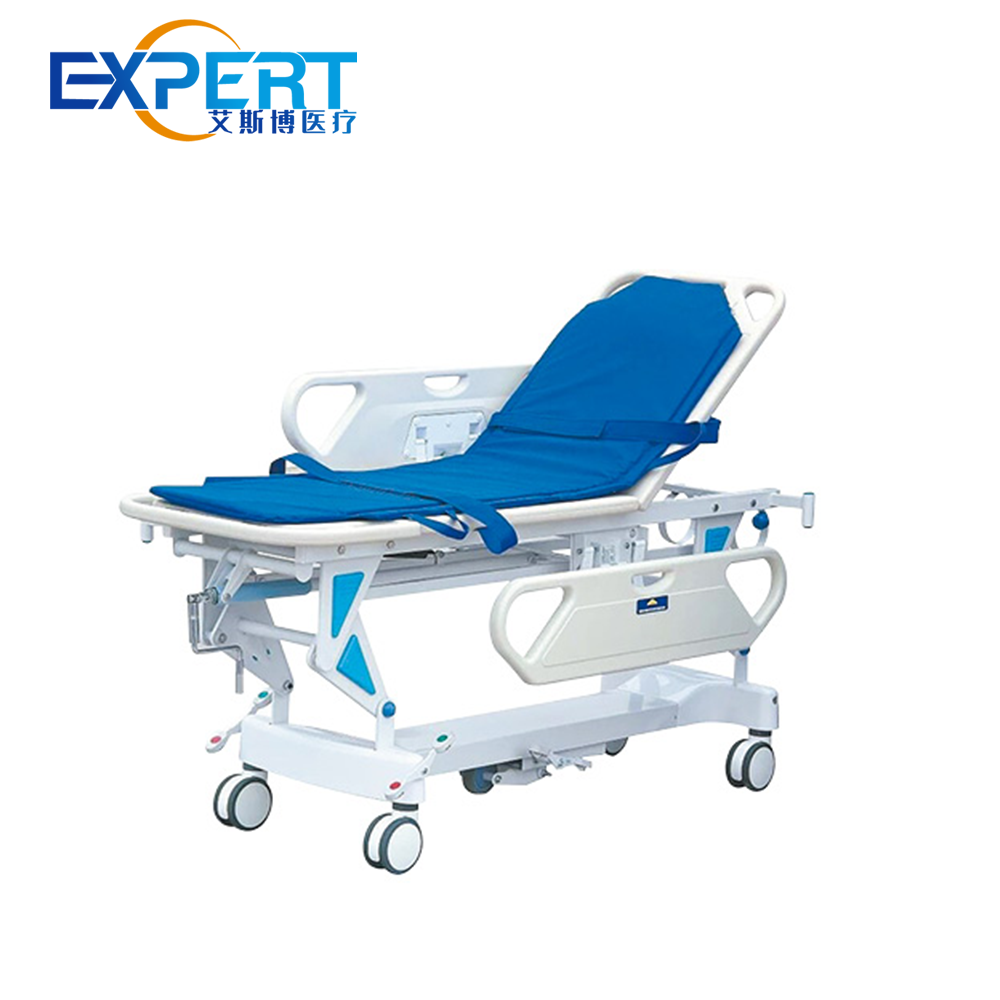
Com variedade de macas estruturais e funcionais, as macas Expert fornecem suporte de força no resgate de emergência e no trabalho de transporte de pacientes.

Os outros dispositivos médicos da Expert Medical trabalham juntos para ajudar a construir um sistema médico completo.
Estamos empenhados em fornecer um modelo de vendas completo para o cliente; Damos um cuidado mais importante à satisfação do nosso cliente.
